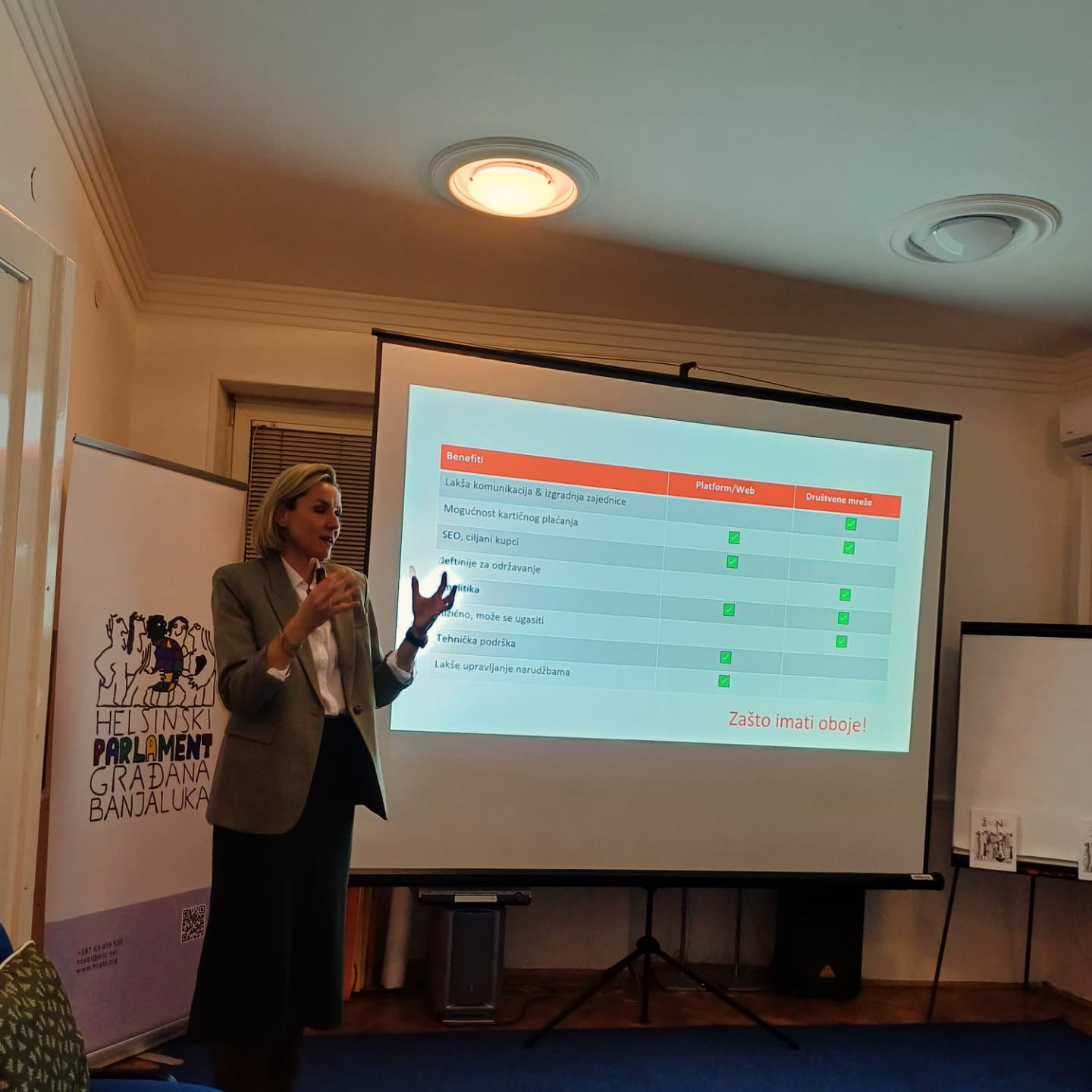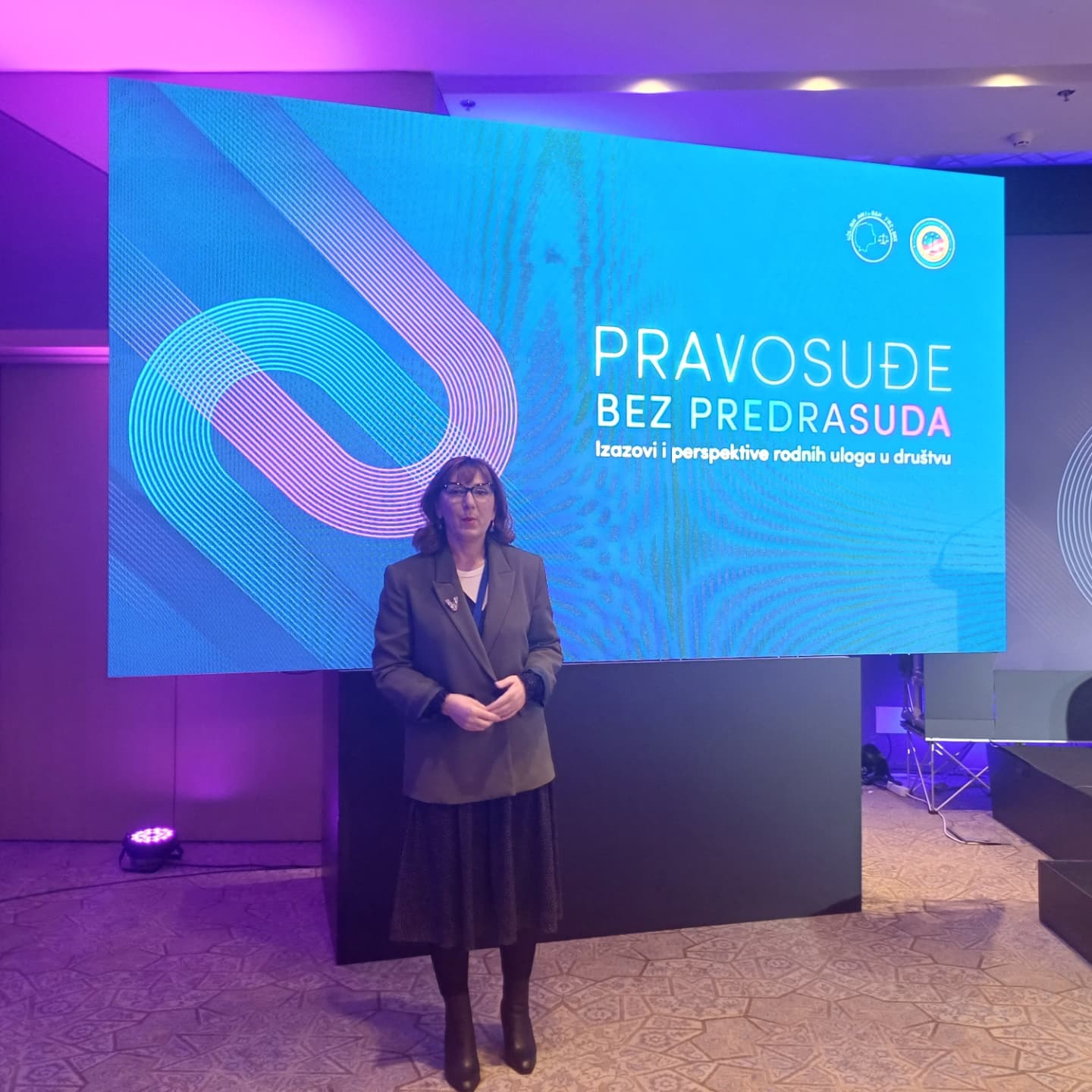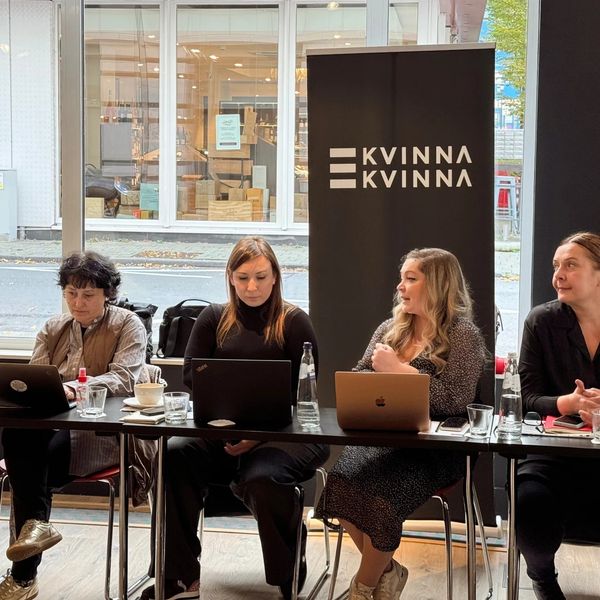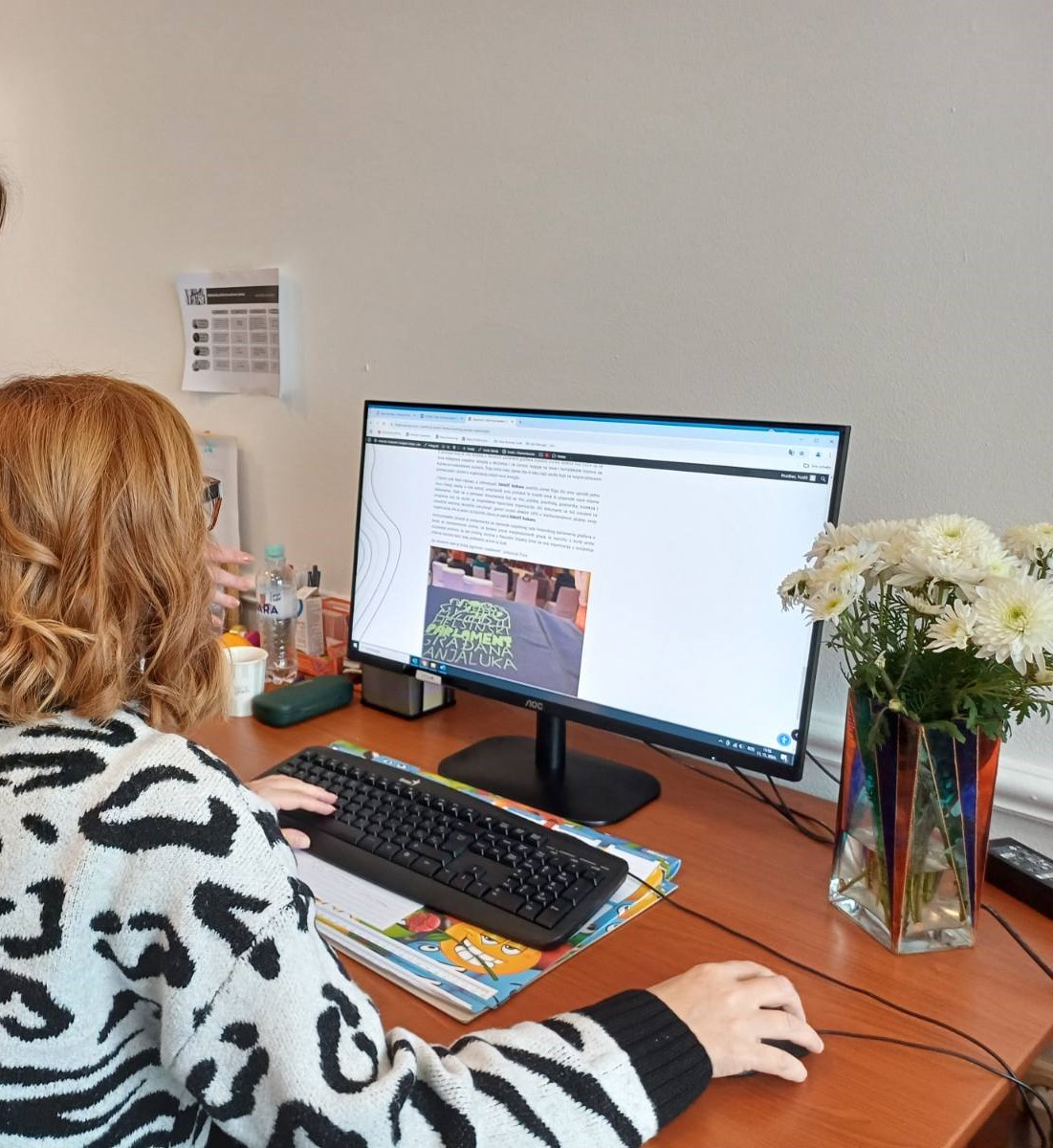Last year, BiH became a full member of the EU Civil Protection Mechanism – the European solidarity framework for helping countries affected by disasters, and the head of the European Civil Protection Operations is a woman. The Helsinki Citizens’ Assembly wrote about the importance of women’s participation in these services in our publication “Gender in Civil Protection”. This time we are publishing an interview with Ingeborg Hasli, the woman at the head of the European Civil Protection Operations. She exemplifies the idea of perseverance, self-confidence and determination in the face of real dangers and difficulties.
“Life is not easy for any of us. But what do we get out of it? We must have perseverance and, above all, trust in ourselves,” said the famous Polish scientist and two-time Nobel laureate Marie Curie.
Ingeborg Hasli, a fire commander from Norway, leads the EU Civil Protection Team and is a logistics expert at the EU Civil Protection Mechanism. Among other things, Ingeborg participated in many missions helping during crisis situations. He shares with us the insights gained from years of work in the field.
Is civil protection dominated by men? What is your experience?
Ingeborg: In Norway, firefighters are still 98% male dominated. However, gender equality is much greater in the police and emergency services. Also, more men than women participate in courses and missions organized by the EU. However, men are generally nice to work with! The older I get, the less I believe in stereotypes: in discussing some of my vulnerabilities – for example, the fear of failure – I discovered that the men around me felt the same or had similar problems.
“In a perfect world, we should think less about gender and more about how each team member can contribute with their strengths and knowledge,” she said.
What characteristics do women bring to civil protection?
Ingeborg: Women bring diversity to civil protection! Diversity in the team can contribute to seeing problems from different angles and introducing new tools in the work. When I worked as a firefighter in Norway as one of the few women and the first female diver, I think I was the one who learned the most. Looking back, my thinking is that it takes more than one woman to make a real impact. But my team would say that they have changed a lot and “softened up” with only one woman in the group.
What was the most challenging situation you had to deal with?
Ingeborg: (Laughs) Finding a place to pee while putting out the fire – I had to go back to the house we just put out the fire in! Being a female firefighter has its challenges! But seriously, a very real challenge is the fear of not meeting society’s expectations of what a woman should be and do. Not being good enough.
Some are still skeptical when they see a woman active in civil protection. Once, while rescuing a boy who had an accident and got stuck, I had to use hydraulic shears. I heard people commenting on the fact that the “girl” used scissors. It was quite embarrassing. And, of course, the recent earthquake in Turkey. The sheer scale of the disaster, the large number of people affected and the need to deploy search and rescue and medical teams to several locations all made this deployment particularly challenging.
What advice would you give to today’s young women who want to follow in your footsteps?
Ingeborg: I support women who are interested in doing so. I look forward to welcoming more civil protection experts. “I’m looking forward to the day when I am just a fire chief, not a woman,” says Inge. For all of us, men and women, life will be easier when we can follow our dreams without thinking about whether our chosen profession is typically dominated by men or women.
Source: civil-protection-humanitarian-aid.ec.europa.eu
Photo: Lisa Hastert, © European Union, 2019





